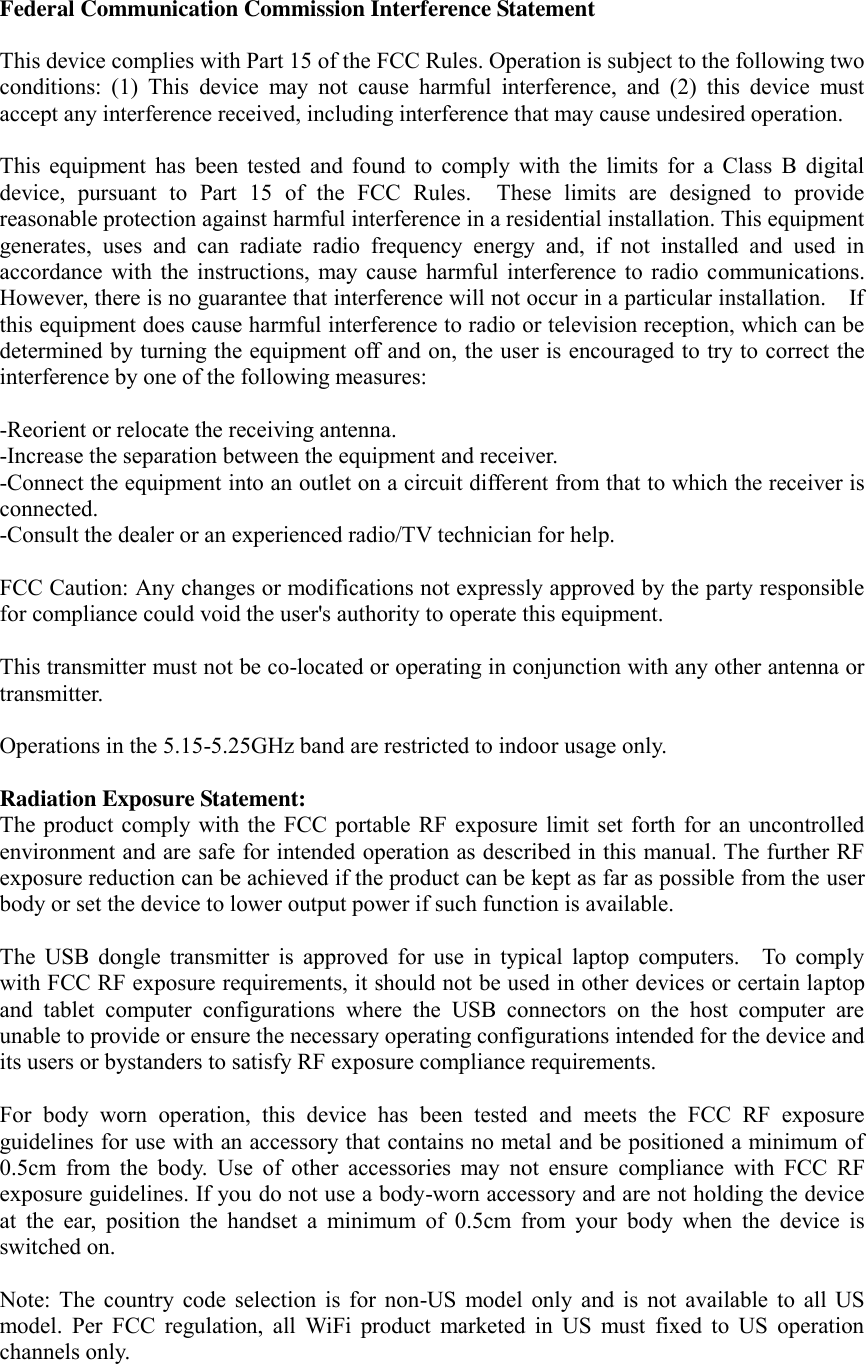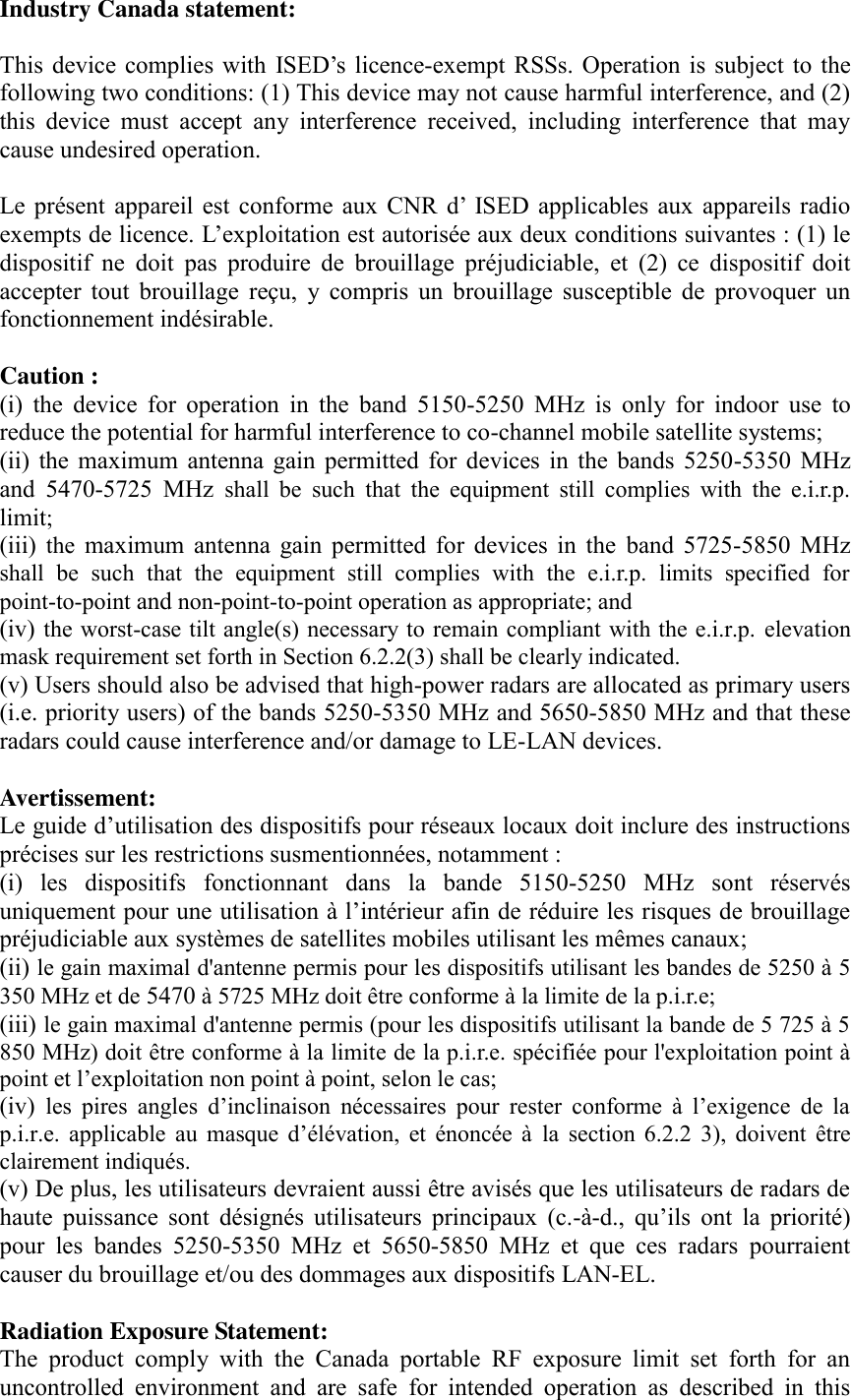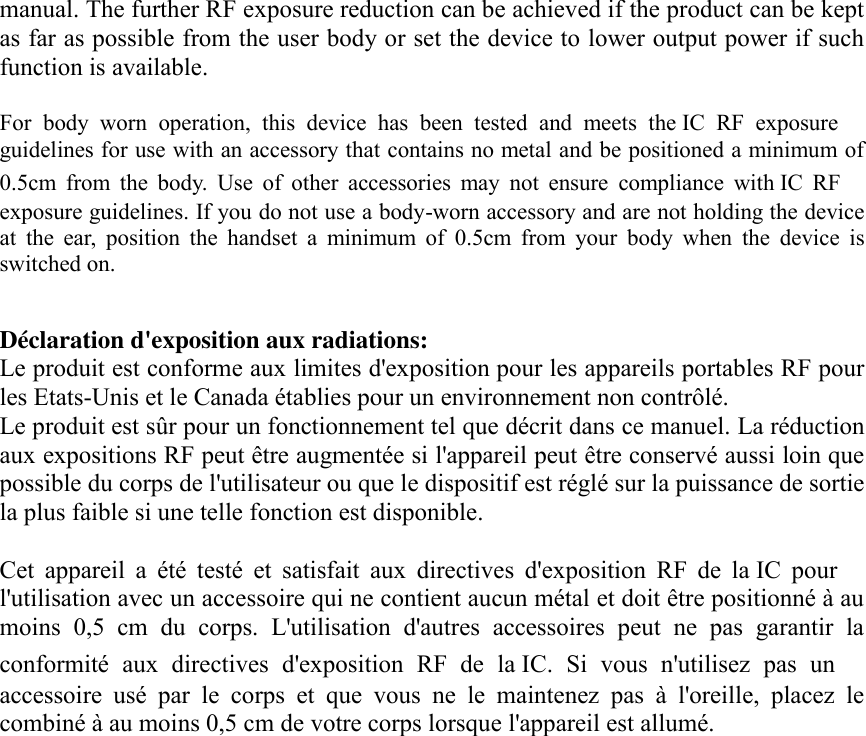LINKSYS WUSB6400M Linksys Dual-Band Wireless-AC USB Adapter User Manual Statement rev 2
LINKSYS LLC Linksys Dual-Band Wireless-AC USB Adapter Statement rev 2
LINKSYS >
Contents
- 1. User Manual (Statement) rev 2.pdf
- 2. User Manual.pdf
User Manual (Statement) rev 2.pdf


